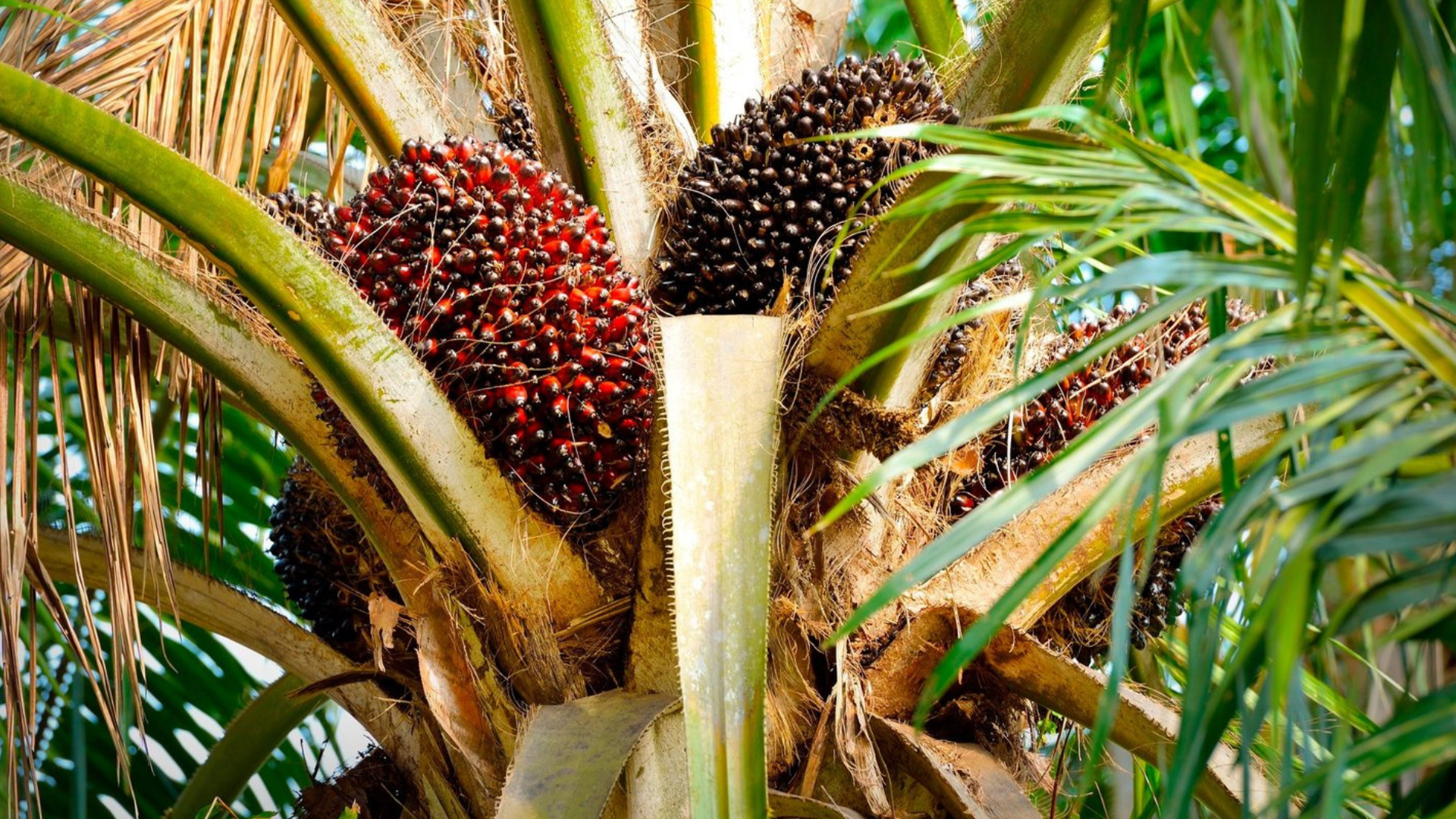A lot of time, energy and love goes into growing and processing food so that it eventually ends up on our plates. This is why we have all been taught at home that throwing food away is out of the question. Yet we continue to do this on a large scale.
Would you like to make a start today in your own kitchen to do something about this problem? Then get started with the following sustainable recipes:
- Banana bread
- Pumkin soup
- Veggie burger
Banana bread
Compared to other products in the supermarket, bananas are one of the most discarded products (source: ScienceNordic). Banana's change color quickly, and even though overripe banana's are sweeter, most people have a preference for yellow banana's.
To bake banana bread, you could use overripe banana's, so these will not end up in the trash can.

Ingredients:
- 125 g melted butter
- 200 g sugar
- 2 large eggs
- 60 ml milk
- 1 tl vanilla extract
- 3 (overripe) banana's
- 250 g flour
- 1 tl baking soda
- A pinch of salt
- A handful of chopped chocolate or nuts
- Optional: 1 extra banana
Instructions:
- Preheat the oven to 160˚C (in the case of a fan oven). Line a cake tin of about 25 cm with baking paper or grease it well.
- First mix the sugar with the butter and beat the mixture well. Add the eggs one at a time, while continuing to mix.Now stir in the milk and vanilla extract. Then add the flour, baking soda and salt and stir. Beat until a smooth mixture forms.
- Mash the bananas with a fork or puree them in a blender.
- Add to your batter and stir until well distributed. Finally, add the chocolate and nuts.
- Pour the batter into the baking tin and bake the loaf in the preheated oven for about 50 to 65 minutes (or until a wooden skewer comes out dry when you stick it in the middle of the loaf).
- Optional: If you want to use the extra banana, cut it in half lengthwise and press it into the batter with the convex sides.
- Let the banana bread cool in the tin for 10 minutes before taking it out and letting it cool further.
Serving tip:
Serve with a nice scoop of vanilla ice cream if desired. Enjoy your meal!
Source: Miljuschuka.nl
Pumpkin soup
Do you also love Halloween? After this holiday, an average of 1.3 billion pumpkins are thrown away each year(source: Elevate Packaging). What a waste! After all, you can make delicious pumpkin soup from this.

Ingredients:
- 750 g bottle pumpkins
- 1 medium onion
- 1 garlic clove
- 125 g winter carrots
- 2 tbsp mild olive oil
- 1 dried bay leaf
- 1 tsp ground cumin
- ½ vegetable stock cube
- 500 ml tap water
- 1 tsp Tabasco
- 62.5 g crème fraîche
Instructions:
- Halve the squash and remove the seeds and stringy insides with a spoon. Cut the flesh into pieces. Coarsely chop the onions and garlic and slice the carrot.
- Heat the oil in a large soup pan. Add the squash, onion, garlic and winter carrots and sauté for 5 minutes over medium-high heat. Stir frequently.
- Add the bay leaves and cumin and sauté for 1 minute. Add the stock cube and water and bring to a boil. Reduce the heat to low and simmer the mixture for 30 minutes.
- Remove the bay leaves. Puree the soup with a hand blender. Season to taste with the Tabasco, pepper and salt if desired.
- Divide the soup among deep plates or bowls and spoon a spoonful of crème fraîche on each serving.
Serving tip:
- The soup is delicious with a topping of chopped unsalted nut mix or cheese cookies broken into pieces with cream butter.
- Serve the garnish in a separate container with the soup.Serve the soup once with a fresh herb oil. To do this, puree (per 2 people) 5 g flat parsley, 2½ g chives and 50 ml mild olive oil in a tall cup with a hand blender.
Storage tip:
You can store this soup in the freezer for up to 3 months. Make sure to leave a layer of air in the storage container, so that the soup can expand when freezing without bursting your freezer container.
Source: ah.nl
Veggie burger
As much as a third of all food goes to waste or is thrown away (source: National Geographic). Vegetables often languish for lack of shade and refrigeration. Fortunately, you can make tasty vegetarian burgers with vegetables that are almost on the verge of spoiling. Plus, a plant-based diet is also good for the environment. A win-win situation!

Ingredients:
- 1½ cups of vegetable scraps (e.g. broccoli or cauliflower stalks, bruised potatoes or squash, carrots that are about to spoil)
- 3 bags of chickpeas, drained, rinsed and dried
- 1 tsp Olive Oil
- 1 tsp Sea Salt
- ½ tsp Garlic Powder
- ½ tsp Paprika
- ½ tsp Provencal Herbs
- 2 tsp Mayonnaise
- 3 cloves of garlic, chopped
- 2 shallots, finely chopped
- 2 large eggs
- ½ cup feta cheese (optional)
- ½ cup panko breadcrumbs Burger rolls or lettuce wraps, to serve
Instructions:
- Peel the carrots, broccoli stalks, bruised potatoes or squash en other vegetable scraps. In a food processor, add all the food scraps and pulse until finely minced and uniform in size.
- Add the chickpeas, olive oil, spices, herbs, and mayonnaise, then pulse until the chickpeas are finely minced (not puréed) and the mixture is quite thick.
- Add the garlic, shallots, eggs, feta cheese (if using), and half the panko breadcrumbs and pulse several more times until the mixture is evenly textured and all ingredients are equally mixed in. Add more panko as needed — you may need more or less, depending on what food scraps you use.
- Form the mixture into burger-shaped patties and set aside.
- To cook the patties, heat one to two tablespoons of a neutral oil in a sauté pan over medium heat. Carefully place the patties on the pan and fry for 3-5 minutes on each side.
- To serve, place the veggie burger patties on burger buns or lettuce wraps. Top with classic ketchup and mustard, sliced avocado, crunchy field greens, or your favorite sliced cheese.
Storage tip:
The patties can be layered in between parchment paper and stored in the fridge for 3 days, or frozen (well wrapped) for up to 3 months.
Source: Thrivemarket.com
–
Discover more sustainable recipes? Read part 1 of this blog!






.png)


